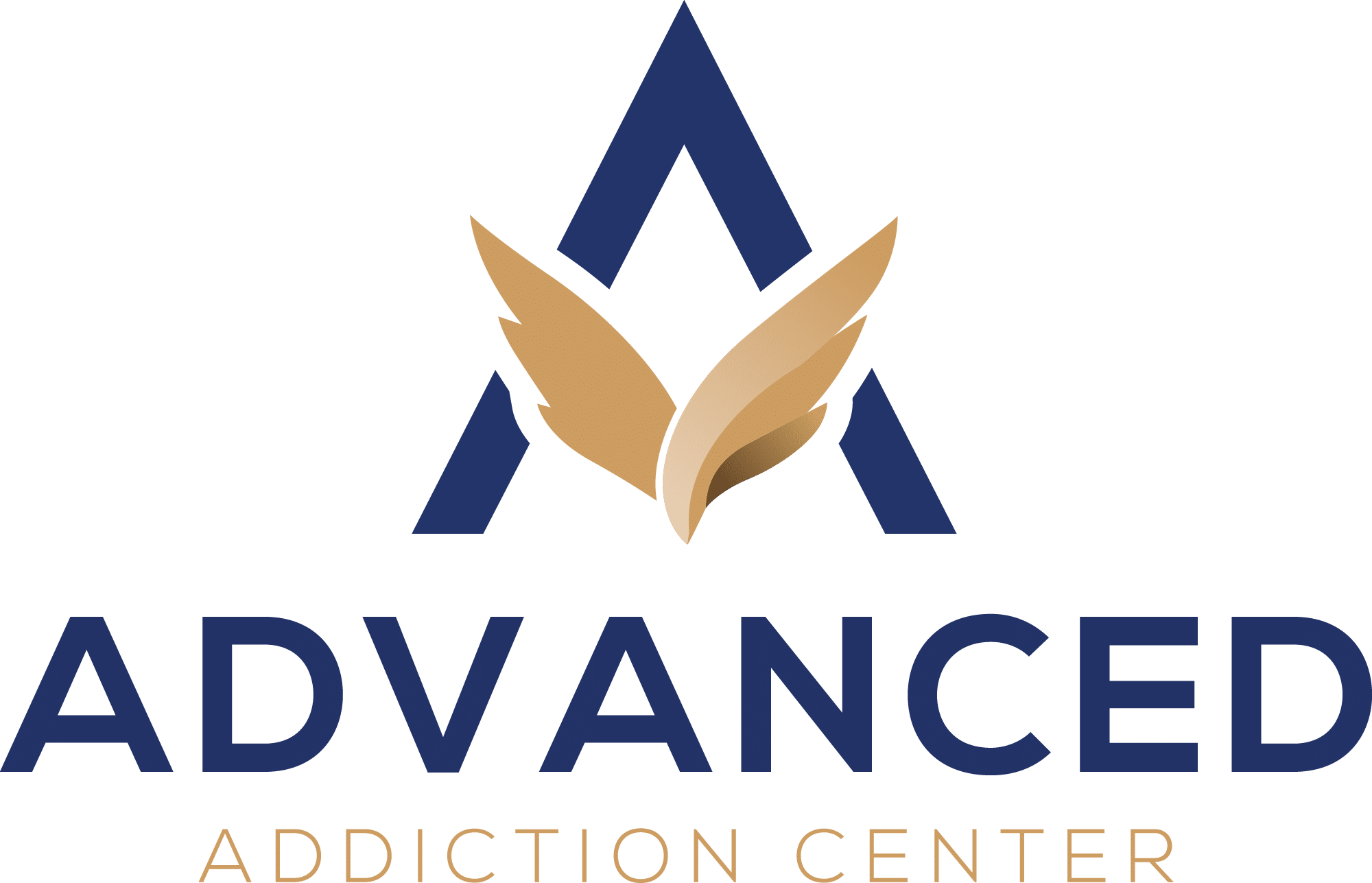Understanding Cracked Cocaine
What Is Cracked Cocaine and Why Is It Dangerous? Crack cocaine is a powerful form of cocaine that comes in solid, rock-like pieces and has strong effects on users. Unlike powdered cocaine, which is a fine white powder, crack cocaine appears as small, unevenly shaped chunks that can be off-white or yellowish in color.
How is Crack Cocaine Made?
The production of crack cocaine involves a specific chemical process:
1. Base Ingredients
- Cocaine hydrochloride (powdered cocaine)
- Baking soda (sodium bicarbonate)
- Water
2. Production Method
- Mixing the ingredients
- Heating the mixture until solid rocks form
- Cooling and breaking into smaller pieces
The name “crack” comes from the unique crackling sound that occurs when these rocks are heated and smoked. This method of consumption allows for a more potent and immediate high compared to powdered cocaine, making it extremely dangerous and addictive.
Key Differences Between Crack and Powdered Cocaine
Here are the main distinctions between crack and powdered cocaine:
| Aspect Crack Cocaine Powdered Cocaine Physical Form | Solid rocks | Fine powder |
| Method of Use | Typically smoked | Snorted |
| Onset of Effects | 10-15 seconds | 3-5 minutes |
| Intensity | Stronger, more immediate high | Milder high |
| Duration | Shorter-lasting effects (5-10 minutes) | Longer-lasting effects |
| Cost | Generally cheaper | More expensive |
This altered form creates a substance that’s both more accessible and potentially more hazardous than traditional cocaine.
The Immediate Effects of Crack Cocaine
Crack cocaine delivers an intense, immediate high within seconds of smoking. Users experience a powerful rush of euphoria, accompanied by heightened alertness and an overwhelming sense of confidence. This intense pleasure typically lasts 5-10 minutes, creating a brief yet potent experience that drives many users to repeat consumption.
The drug triggers rapid physiological changes in the body:
- Heart Rate: Dramatic increase in pulse rate
- Blood Pressure: Sudden spike in blood pressure levels
- Body Temperature: Elevated temperature, often leading to sweating
- Energy Levels: Intense bursts of physical energy and mental stimulation
Users often display distinct behavioral changes during the high:
- Extreme hyperactivity and restlessness
- Hypersensitivity to light, sound, and touch
- Decreased appetite
- Intense focus on immediate surroundings
- Rapid speech patterns
- Erratic movement
The short duration of these effects creates a dangerous cycle. As the euphoric sensations fade, users experience an immediate and severe crash. This stark contrast between the intense high and subsequent low often drives individuals to smoke again, establishing a pattern of repeated use within short time intervals.
The combination of these intense physical and psychological effects makes crack cocaine particularly dangerous, as users might consume multiple doses in rapid succession, increasing their risk of adverse reactions and potential overdose.
The Harmful Long-Term Effects of Crack Cocaine Use
Long-term use of crack cocaine can cause serious damage to various parts of the body, resulting in health problems that may persist even after quitting the drug. Here’s a breakdown of how different systems in the body are affected:
Damage to the Respiratory System
One of the most significant impacts of crack cocaine on the respiratory system is a condition known as “crack lung.” This condition is characterized by:
- Severe chest pain
- Difficulty breathing
- Persistent coughing with black sputum
- Permanent lung tissue scarring
- Increased risk of respiratory infections
Deterioration of the Cardiovascular System
The cardiovascular system also suffers greatly from crack cocaine use, leading to potentially life-threatening conditions such as:
- Heart muscle damage
- Irregular heartbeat patterns
- Blood vessel constriction
- Increased risk of heart attacks
- Higher likelihood of strokes
Widespread Damage Throughout the Body
In addition to its effects on the respiratory and cardiovascular systems, crack cocaine can cause widespread damage throughout the body:
- Liver Damage: Toxic buildup leading to organ failure
- Kidney Problems: Reduced function and potential shutdown
- Dental Deterioration: Severe tooth decay and gum disease
- Gastrointestinal Issues: Reduced blood flow causing tissue death
- Neurological Impact: Brain damage affecting memory and cognitive function
Impact on Weight and Nutrition
Users often experience rapid weight loss and malnutrition due to the drug’s appetite-suppressing effects. This can further exacerbate existing health issues and create new ones.
Compromised Immune System
The immune system also takes a hit from prolonged crack cocaine use, becoming weakened and making users more vulnerable to infections and diseases.
These health effects can create a domino effect, where one medical condition triggers or worsens others. This leads to complex, interconnected health challenges that can be difficult to treat.
The Profound Psychological Impact of Crack Cocaine Addiction
Crack cocaine creates devastating changes in brain chemistry, particularly in the reward system. The drug floods the brain with dopamine – a neurotransmitter responsible for pleasure and motivation. This surge rewires neural pathways, making the brain dependent on crack cocaine to experience any sense of joy or satisfaction.
Users develop an intense psychological attachment to the drug, leading to:
- Compulsive Drug-Seeking Behavior: The brain becomes programmed to prioritize crack cocaine above basic needs like food, sleep, and relationships
- Loss of Control: Users find themselves unable to regulate their consumption despite negative consequences
- Intense Cravings: The rewired reward system triggers powerful urges that can persist for months or years
The psychological symptoms of crack cocaine addiction manifest in severe mental health issues:
- Paranoid Behavior: Users often experience intense suspicion and distrust of others
- Violent Tendencies: The drug can trigger aggressive outbursts and hostile behavior
- Emotional Instability: Rapid mood swings between euphoria and deep depression
- Anxiety Attacks: Frequent episodes of panic and overwhelming fear
- Social Isolation: Progressive withdrawal from family, friends, and daily activities
These psychological effects create a self-reinforcing cycle – users often turn to crack cocaine to temporarily escape these symptoms, inadvertently making them worse. The drug’s impact on mental health can persist long after physical dependence has been addressed, requiring specialized psychological treatment and support.
Understanding the codependency in addiction that often accompanies such substance abuse is crucial for recovery. This type of dependency not only hinders personal recovery but also enables continued substance abuse through unhealthy relationship dynamics.
However, taking that first step towards overcoming addiction can be transformative. If you or someone you know is struggling with crack cocaine addiction, seeking professional help from a specialized facility like the Advanced Addiction Center in Massachusetts could be a vital part of the recovery journey.
They offer comprehensive programs tailored specifically for cocaine rehabilitation, which can significantly aid individuals in achieving lasting recovery. Additionally, they provide support through evening programs, making it easier for individuals to seek help while managing other responsibilities.
Navigating the Difficulties of Crack Cocaine Withdrawal and Recovery Process
Breaking free from crack cocaine addiction brings intense physical and psychological challenges. The withdrawal process typically starts within hours after the last use, presenting a range of symptoms:
Early Withdrawal Symptoms (First 24-72 hours)
- Intense drug cravings
- Severe fatigue and exhaustion
- Restlessness and inability to sleep
- Increased appetite
- Body aches and muscle pain
Extended Withdrawal Phase (Days 4-10)
- Mood swings and irritability
- Difficulty concentrating
- Vivid, unpleasant dreams
- Depression and anxiety
- Physical weakness
These withdrawal symptoms can significantly disrupt daily activities. Many individuals struggle to maintain work responsibilities, personal relationships, or basic self-care routines during this period. The intense cravings can make simple tasks feel overwhelming, while sleep disturbances affect concentration and decision-making abilities.
The physical discomfort combined with psychological symptoms creates a challenging cycle. Users might experience difficulty preparing meals, attending social events, or completing work tasks. The withdrawal period often requires a strong support system and, in many cases, medical supervision to manage symptoms safely and effectively.
Professional treatment programs provide structured environments where individuals can focus on recovery while receiving appropriate medical care and psychological support. These programs often include behavioral therapy, counseling, and medication management to address both the physical and emotional aspects of withdrawal.
Understanding the Dangers Associated with Crack Cocaine Use
The risks of crack cocaine go beyond just affecting the user’s health; they also create serious problems for society as a whole. Users are at risk of overdosing, which can be fatal, and there are specific signs to look out for:
Critical Overdose Symptoms:
- Seizures and convulsions
- Severe chest pain indicating heart attack
- Difficulty breathing
- Extreme agitation or paranoia
- Loss of consciousness
These symptoms require immediate medical attention – every minute is crucial in preventing death. If you think someone is overdosing on crack cocaine, call emergency services right away.
Social and Community Impact
Crack cocaine use has far-reaching effects on communities:
- Violence and Crime: Users may become aggressive, leading to:
- Domestic violence incidents
- Street fights
- Property crimes to fund their addiction
- Community Safety: Areas with high crack cocaine use often see:
- Decreased property values
- Increased crime rates
- Strain on local emergency services
The combination of health risks for individuals and social problems caused by crack cocaine makes it especially dangerous. Treatment centers struggle to address both the physical addiction and related behavioral issues. Communities are constantly trying to find a balance between enforcing laws and providing enough support and resources for recovery programs.








